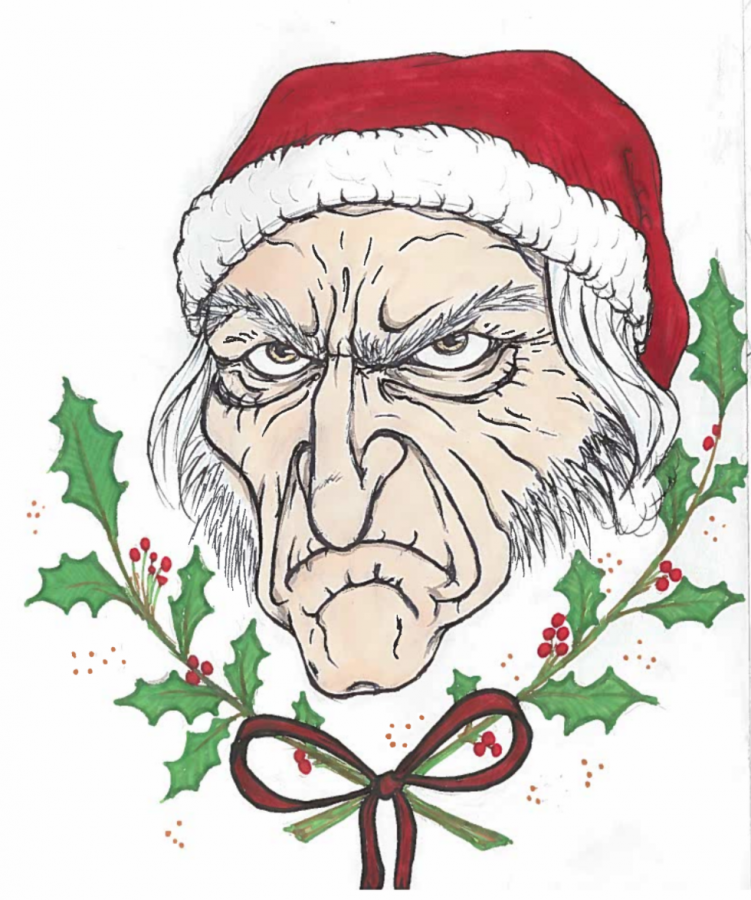“A Christmas Carol” Explained
December 13, 2017
Written by Charles Dickens, “A Christmas Carol” is considered a timeless classic and was a story thought to be common knowledge for a while. However, many students today have never heard of the story.
As widespread as this story is, however, there have been many attempts in adapting, interpreting, and modernizing the story in different forms of media, particularly film and plays.
All recognizable adaptations revolve around a miserly, cold and distant man who has no sympathy or empathy for others, along with holding a strong hatred for Christmas. This man’s name is Ebenezer Scrooge, a name now synonymous with someone stingy and uncaring.
He continues to be horrible to everyone, whether they’re his family members, employees, or people asking for charity — until he is visited by three ghosts one fateful Christmas Eve. The first ghost shows him how happy he used to be in the past when money didn’t matter to him and he was kindhearted he was towards others.
The second ghost shows him how people are happy in the present even if they are poor, showing him the true meaning of Christmas spirit, as well as how the future will turn out if he did not change his ways — showing him just how much of an impact his lack of empathy can have on others.
These events affect him deeply and convince him to change from being a miserable old humbug to a man filled with love for others. He experiences a joy that he hasn’t felt for a long time.
All and all, it is a wonderful story that really manages to catch the Christmas spirit. Even some of the more criticized adaptations are able to capture a little of the magic of the story, a testament to how incredible “A Christmas Carol” truly is. It is definitely worth seeing in some form or another, whether for the first time or for the thousandth, to fill you full of Christmas cheer.

